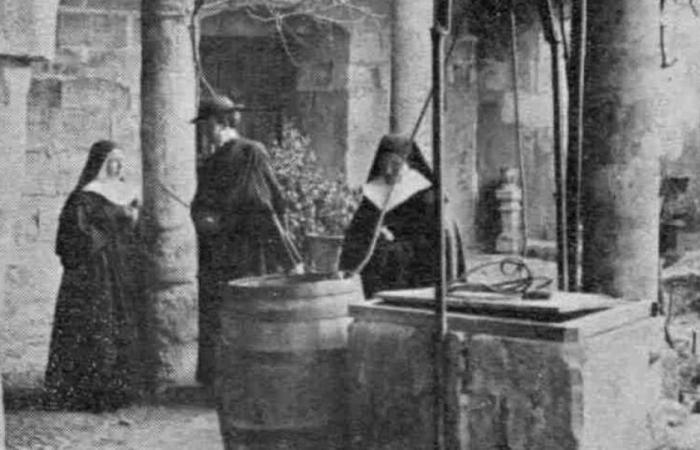The fight for gender equality is one of the banners of feminism. Few know that one of the first defenders of this issue in Spain, of it and decent employment, was Saint Bonifacia Rodríguez Castro, also founder of the Servants of Saint Joseph. The woman from Salamanca worked in a lacing workshop in her hometown. She was very devout and sought to sanctify the work through prayer.
Bonifacia was the eldest of six siblings. From a very young age she had to start working, after the death of her father. Together with her mother, also very pious, she founded the Association of the Immaculate Conception and Saint Joseph, which would later be called Josefina, where she taught poor young people her craft as a lace maker.
She could have been a Dominican and never founded the Servants of Saint Joseph, but the meeting with the Catalan Jesuit Francisco Javier Butiñá, who arrived in Salamanca in 1870 with great concern for the workers, changed the course of his life. The Catalan became her spiritual director and through the girls who worked in the factory with Bonifacia, they thought about creating a new female congregation aimed at evangelizing and privileging the work of dignifying women.
In the same workshop where they worked, six girls from the Josefina Association became the first sisters of the congregation. They began their life in community on January 10, 1875, 150 years ago. This issue has marked the charisma of the order and even today they continue to live in what they call community-workshops.
Bonifacia Rodríguez Castro
In her early years, different challenges arose in Mother Bonifacia’s path. Butiñá, upon his return from exile, founded a Josephine community in Catalonia, with the intention of later unifying it to the Servants. Finally, they remained independent and constituted themselves as the Daughters of Saint Joseph. This episode caused them to request the dismissal of the founder as superior, but it was resolved with the opening of a community in Zamora. There she began to live, Bonifacia, and there she would die in 1905.
It was not until 1930 when the Holy See approved the constitutions of the order, and until 1942, the final ones. When the nuns received the first pontifical approval in 1901, the Zamora house was not included, because Leo XIII It had observed diverse constitutions, but it ended up being resolved around 1907.
150 years after their founding, the Josefinas work to promote dignity among girls and young people, especially in working-class neighborhoods. Work, faith and love are its pillars and are present on all five continents. Mother Bonifacia was beatified by John Paul II in 2003 and later canonized by Benedict XVI in 2011.






